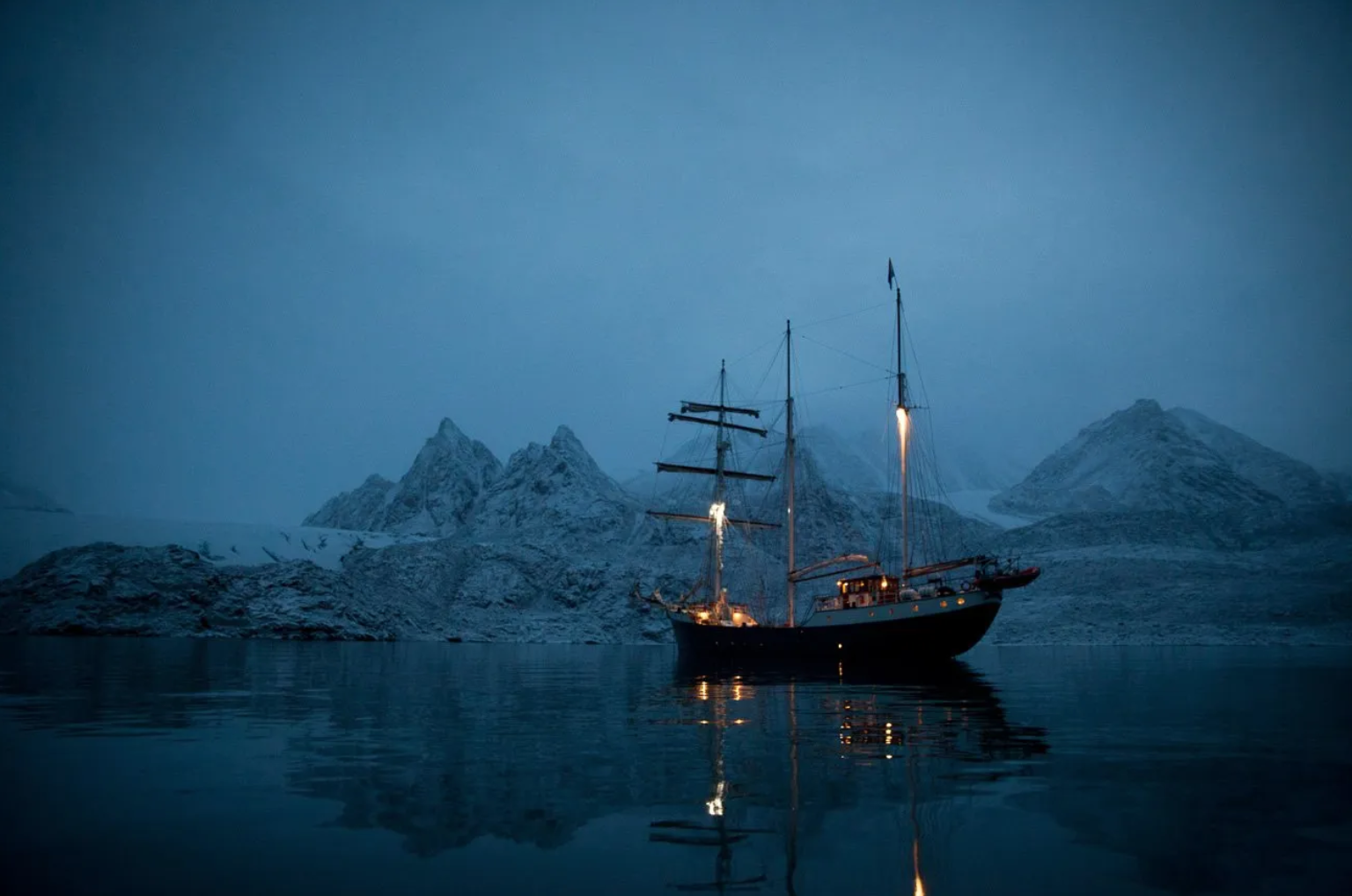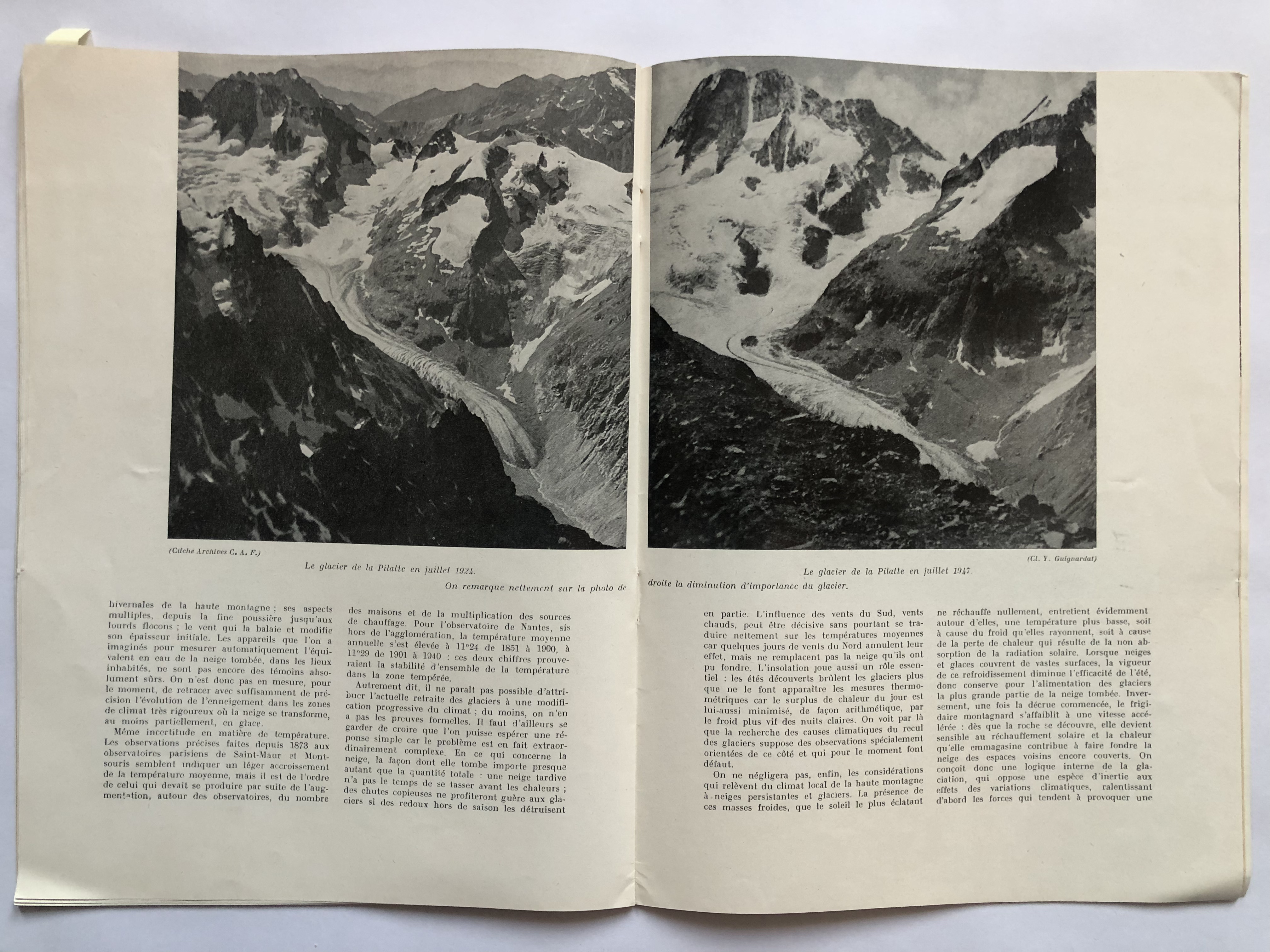THE ARCTIC EXPEDITION JOURNAL #1
in english
in english
Preparation of an expedition inside another expedition
22 of February 2024
 Photo credit : Claire Dibble
Photo credit : Claire DibbleTHE PROJET : AN EXPEDITION IN ARCTIC INCLUDING THE INTERNATIONAL ARTISTIC RESIDENCY ‘THE ARCTIC CIRCLE RESIDENCY’. DEPARTURE IS BEGINNING OF APRIL FROM THE NETHERLANDS WITH A SAILING BOAT.
INTEGRATION(S) : IN SITU ARTWORKS, THEN WORK IN THE STUDIO AND AN EXHIBITION.
I have been invited to join The Arctic Circle Residency in spring 2024. The artistic residency brings together artists and scientists, and takes place over three weeks on the sailing ship Antigua, which will be sailing in the Arctic Ocean, around the Svalbard archipelago, with almost everyday stopovers.
 THE ANTIGUA in Svalbard, photo credit : Beau Carey
THE ANTIGUA in Svalbard, photo credit : Beau Carey
In the red circle : Svalbard, the far north norvegian archipelago
The expedition :
Logic dictates that we should go to Svalbard by plane. I started thinking about the project in November 2023, asking myself how to go to Svalbard by any other means than by plane. Firstly for ecological reasons, but also for the challenge and adventure. But it's also about experiencing, sensorially and creatively, a unique relationship with time, space and distance. These thoughts emerge while reading Léonie D'Aunet's novel, 'Voyage d'un femme au Spitzberg’.
 Polaroid, 2024
Polaroid, 2024I realised during my reading that most of the novel takes place during the journey to (and from) Spitzberg, the main island of Svalbard. I found this fascinating: Léonie D'Aunet narrates her passage through Germany, Lapland ... with this goal: the north. Her decision to go to Spitzberg is fundamental, central and long because it is simply very far away. I wonder, finding it almost tragic that air travel cancels out, erases this: this length, these distances. Distances become extremely short temporalities. I tell myself that I have this possibility, the conscious quality of time; I decide to make it a choice. My adventure in Svalbard will not be a short momentum, compressed between other projects, but it will be complete and long. I am an artist and I make my time an important part of my creative process. I don't fill my time with creation but rather, yes, I make the choice that the time granted to me by life becomes this material for creation. I often wonder about time. Its possible slowness, its urgency, and its relationship to space, to spaces. So I began the difficult and laborious task of finding a way to get to Svalbard without a plane. I contacted the residency organisers, who explained to me that the residents always flew to Longyearbyen, where we were to meet for the departure of the residency.
 Screenshot Google
Screenshot GoogleI'm a mountain girl, I don't know the seas and oceans, their waves and winds, I don't know any sailors. I have to travel to Svalbard in April. I quickly learn that it's not a good time to go by boat between the north of mainland Norway and Svalbard. The winds are strong and the winter ice has not yet melted. The more common crossings start in May. I was given contacts and explored the Internet. I wrote lots and lots of emails. I received a lot of sympathetic and kind replies, but negative ones. A friend of my mother's, who worked in the Arctic, confirmed through a friend based in Tromsø in Norway that I was going to have trouble finding a boat for April. I slowly gave up on the idea. Then I received an email: a crew and their big sailboat are leaving the Netherlands for Svalbard at the beginning of April. They are touched by my project, its link to environmental protection and my mission as an artist, and they want to support me. They invited me on board and agreed to take me to Svalbard.
 The boat that will bring me to Svalbard, photo credit : Tallship Company
The boat that will bring me to Svalbard, photo credit : Tallship CompanySo… I'll be leaving in the last few days of March 2024 by train from Grenoble to Paris, then on to Amsterdam, then a port in the north of the Netherlands. Depending on the weather, we'll leave with the boat between the first and sixth day of April. Around twenty-five days later, we'll arrive in Svalbard. I hope to have a few days to spare in Longyearbyen before joining the sailing boat for the start of the artistic residency. I don't yet know how and when I'll get back from Svalbard, as I haven't yet found a boat for my return.
I'll be working in situ in the Arctic, in the glaciers and the cold, in rather extreme conditions.
 Photo credit : Greg Lock
Photo credit : Greg LockMy preparation includes the logistics of the trip and organising my equipment for the Arctic. My aims is to stay warm and dry and to keep the amount of gear to a minimum, because we're on a sailing boat and space is limited. Most of my equipment purchases are second-hand. Logistics also involve organising my work in the Arctic: photographic equipment, drawing and writing materials, sound recordings, and the preparation of works that are still confidential. During the residency, when 'on land', we will always be accompanied by armed guides, as required by law, particularly for the protection of polar bears. During this polar expedition, I will have no internet or telephone reception and transmission. I have to choose a single contact, in my case my mum, who will be able to write in an emergency to a specific email address, which is checked once or twice a day on the boat.
 The ANTIGUA boat in Svalbard, photo credit : Claire Dibble
The ANTIGUA boat in Svalbard, photo credit : Claire Dibble Photo credit : Julie Forgues
Photo credit : Julie ForguesThe artistic project :
In this unique polar context, time for the artistic project!
In the Arctic, the environment is characterised by cold weather where water is present in solid forms (ice and snow). Global warming is having a very strong effect on glaciers: they are melting at an extreme rate, like all the glaciers on earth. Glaciers are a powerful witness of the ecological disaster. Following on from my ecopoetic practice based in the Alps, here I'm extending my work to the mountains and glaciers of the far north in the Arctic.

 Extracts of “LA MONTAGNE, revue offocielle du Club Alpin Français”, n°355, November-December 1951, archives of the artist
Extracts of “LA MONTAGNE, revue offocielle du Club Alpin Français”, n°355, November-December 1951, archives of the artistI question the human relationship to ecological finitude and the concept of loss. I question, again and again, the human possession of Earth and the human ego that places man as the central figure. From this substance emerges my artistic, aesthetic and philosophical adventure in the Arctic: my ecopoetic project centres around the elements of ice, wind and water, as receptacles of symbols and invisible entities in the context of ecological disaster.
 Works in progress, indigo ink on glacier, 2023
Works in progress, indigo ink on glacier, 2023A series of multidisciplinary works will be created, ranging from poetry and contemplation to disobedient and subversive movements. This ecopoetic ensemble, becoming an artistic cosmos, has four aspirations:
- Contemplation, as an ecopoetic practice,
- Uprising, as a disobedient and committed action,
- Protection, as a spell, an inaction, a call,
- Regeneration, as the possible in the ruins of ecological disaster, thinking and planting tomorrow as individuals, as a collective, as part of the earth community.
The project includes the time spent on the expedition, followed by the creation of works when I return to my studio for a few months. After that, the project is to create an exhibition.
Support the project :
I need support to move forward! For a few months now, original works from my studio have been on sale in my online shop, created especially to support this project. Every purchase, however small, helps the project directly. I'd like to extend my warmest thanks to all the people who have already bought works since the sale went online. This sale is a slightly personal way of raising funds: I call you to support this major project, and to flood your environment and your walls with art! Art is power!
The link if the shop : SHOP
And if you wish to contact me, to discuss, to ask questions about the works for sale, to start a collaboration (...): I am at the end of this internet line: CONTACT@DEDENISE.COM